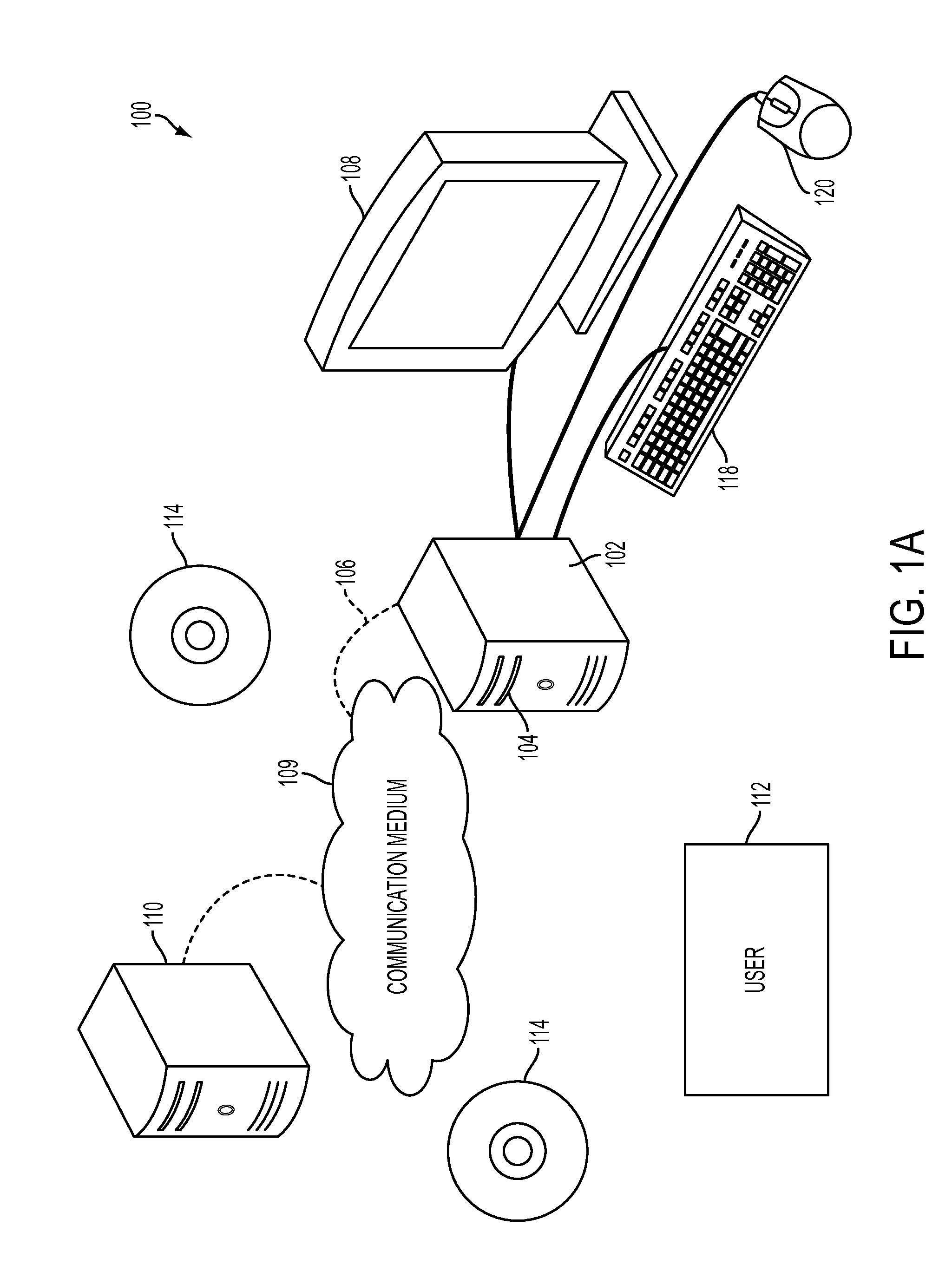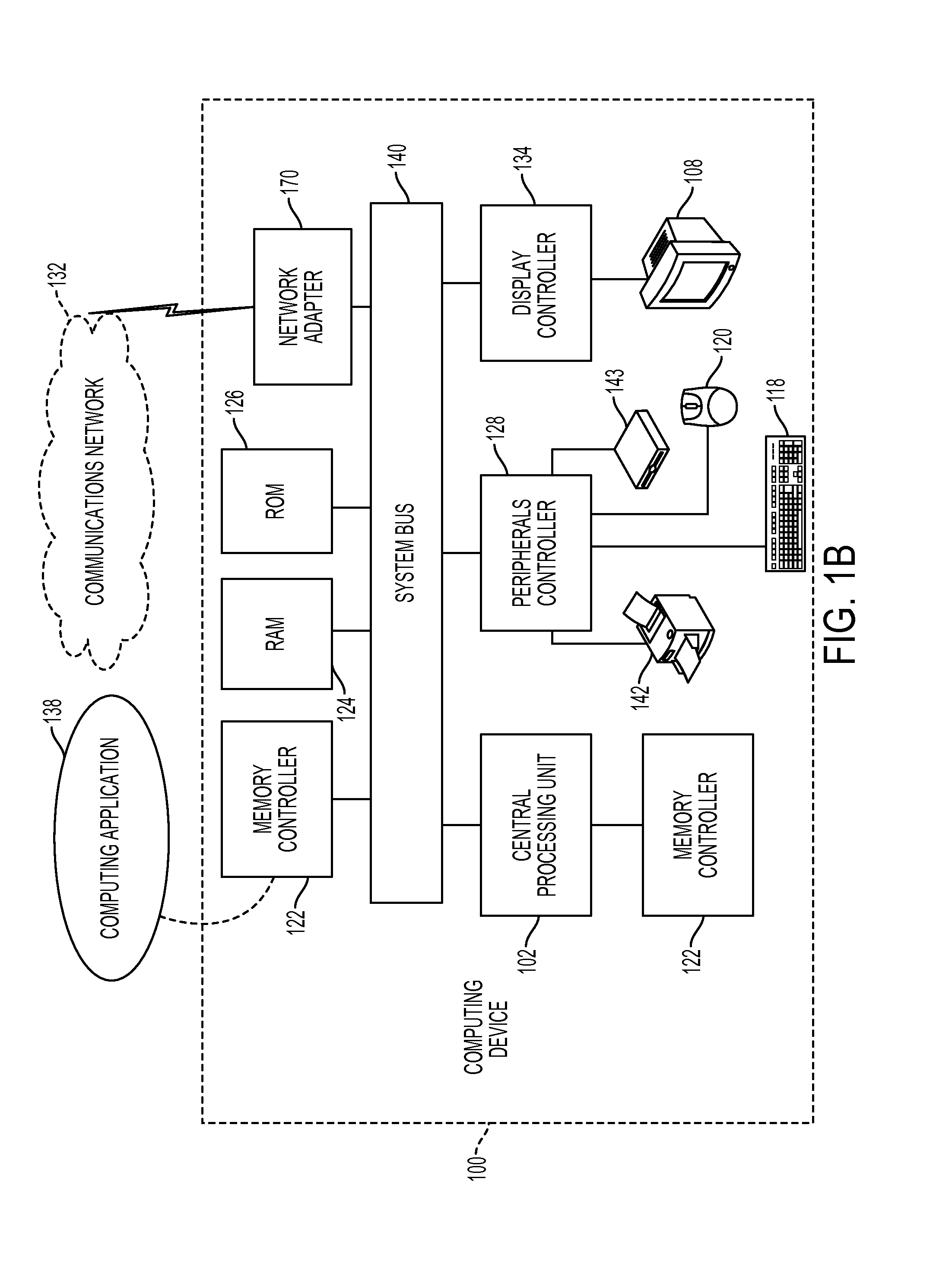Systems, methods and kits for measuring respiratory rate and dynamically predicting respiratory episodes
a technology of respiratory rate and dynamic prediction, applied in the field of episodic chronic diseases, can solve the problems of patients' airways becoming swollen and inflamed, narrowing of bronchial tubes, and difficulty in breathing, and achieve the effect of high-precision peak flow measuremen
- Summary
- Abstract
- Description
- Claims
- Application Information
AI Technical Summary
Benefits of technology
Problems solved by technology
Method used
Image
Examples
example 1
[0095]A first user uses a peak-flow rate device which obtains flow-rate data from that user and stores the information on the handheld device. Additionally, the user can also enter additional data which may be relevant or desirable to record at the time of taking the peak-flow measurement into a program on the handheld device, including, for example, how the user is feeling, whether the user is stressed (and the level of stress), whether the user has a headache, etc. This input of additional data can, for example, be achieved by providing for periodic question(s) that display at various times throughout the day or via a more comprehensive patient data input and / or query process. Information can also include geographic positioning data, such as a GPS tag, date and time information, as well as ambient conditions data. Ambient condition data includes, but is not limited to, weather conditions, temperature, pollution, pollen count, air quality, etc. The status of the first user is uploa...
example 2
[0096]A first user reports to the handheld device (e.g., by entering text, responding to periodic inquiries, or interfacing with a device that takes a biological measurement), that there has been a condition change, e.g., a condition change to high risk. The report includes geographic positioning data, such as a GPS tag. The status of the first user is uploaded to a server via a network. A second user reports that there has been a condition change and the second user report is uploaded to a server via a network. An assessment is then made that both the first and second users are located within a geographic area set by the system for that area (e.g., 0.5 mile radius, 1 mile radius, 1.5 mile radius, 2 mile radius, 2.5 mile radius, 3.0 mile radius, 3.5 mile radius, 4.0 mile radius, 4.5 mile radius, 5.0 mile radius, etc.). Once a geographic link is established between the first and second user a comparison of user profile data is performed to identify other users having similar profiles...
example 3
[0097]A first user reports to the handheld device (e.g., by entering text and / or interfacing with a device that takes a biological measurement and / or responding to periodic queries), that there has been a condition change, e.g., a condition change to high risk. The report includes geographic positioning data, such as a GPS tag. The status of the first user is uploaded to a server via a network. A second user reports that there has been a condition change and the second user report is uploaded to a server via a network. An assessment is made that both users are located within a geographic area set by the system (e.g., 0.5 mile radius, 1 mile radius, 1.5 mile radius, 2 mile radius, 2.5 mile radius, etc.). The system determines that both users are located within a geographic area that is a forest. An assessment is made of current environmental triggers in the geographic area. An assessment is made of users in the network who are, based on GPS positioning, approaching the area. An alert...
PUM
 Login to View More
Login to View More Abstract
Description
Claims
Application Information
 Login to View More
Login to View More - R&D
- Intellectual Property
- Life Sciences
- Materials
- Tech Scout
- Unparalleled Data Quality
- Higher Quality Content
- 60% Fewer Hallucinations
Browse by: Latest US Patents, China's latest patents, Technical Efficacy Thesaurus, Application Domain, Technology Topic, Popular Technical Reports.
© 2025 PatSnap. All rights reserved.Legal|Privacy policy|Modern Slavery Act Transparency Statement|Sitemap|About US| Contact US: help@patsnap.com



